We arrived in Osaka, Japan on a Sunday at about 6:00 am. Our flight pattern the day before was an 11:00 am flight from Bali to Hong Kong, then a 1:00 am flight from Hong Kong to Osaka, so needless to say, we were quite exhausted. I felt fortunate to have been able to sleep on the plane just enough to feel alert for our first few hours in Japan.
Once at our accommodations, I decided to unpack, and then Alex and I got breakfast at a place called Yayoiken. This 24/7 diner-like spot was an immediate favorite because you order on a screen and our food was ready in 5 minutes flat. After breakfast, we went on a search for coffee, which was oddly challenging for a Sunday morning. We learned that Sundays are extra sleepy, and most coffee places don't open until 10 or 11. Fortunately, there are hot coffee vending machines on every corner, so it's never really a problem.
We spent the rest of our day walking around our new neighborhood and going grocery shopping. Then, our group went to a thrift shop to find some warm clothes. I bought a scarf and a sweater, but felt fortunate to have brought boots, jeans, and a few other sweaters for this trip already. We went to an izakaya restaurant for dinner, where we were the only non-Japanese people there. We took a painfully long time translating the menus and figuring out our orders... but it all worked out in the end!
The following day, our City Manager presented information about our city, the workspace, and a language and cultural presentation. I really appreciated the opportunity to learn about Japanese history and language, which is actually three different alphabets. Fortunately, there are English spellings of Japanese words that make them relatively easy to pronounce. It's also not a tonal language, so in some ways, even easier to learn. That evening, our group went to a sushi restaurant for dinner. I have been a vegetarian for years, but I knew Japan would be a place where it's challenging to be vegetarian. So I tried sushi! Other than actively thinking about eating fish, it tasted fine for me and was a great place to start my journey to eating more fish. After dinner, we found an arcade and played games for a half hour before heading back home.
We happened to be in Japan during the Toka Ebisu festival. This festival was first held in the Edo era and lasts for three days from January 9th through 11th. People flock to Osaka's Imamiya Ebisu Shrine worshipping Ebessan, the god of trade and commerce. Ebisu was originally a guardian deity for fishermen. Long ago, this area was a seashore, and Ebisu was enshrined here as a guardian deity of the marketplace where products from both the land and the sea were traded. In later years, people began to worship Ebisu as a god of good fortune and commercial prosperity. Festival-goers looking to improve their luck buy sacred bamboo branches decorated with lucky items.
On a walking tour of Namba, our neighborhood, we learned how to enter, exit, and pray at a Shinto shrine. You throw a 5 yen coin into the box, bow twice, clap twice, then pray, and bow once more before leaving. To enter and exit a shrine, you turn toward the shrine gate and bow. Before praying, you are to wash your hands and mount with water.
We explored a few other areas, including Denden, which is an area that used to be the main electronics area, but now features stores specializing in video games, anime and manga, and then to Shinsekai lit. "New World"). This district in Osaka was developed before the war and then neglected in the decades afterward. At the district's center stands Tsutenkaku Tower, the nostalgia-evoking symbol of Shinsekai. Paris was chosen as the model for Shinsekai's northern half, while the southern portion was built to imitate Coney Island in New York.
That evening, Alex and I took a tour through Airbnb Experiences to discover Osaka's "underbelly". After learning about how neat and polite Japan was, we were curious about some of the social problems and taboos. The tour walked us through an area where the Yakuza (Japanese mafia) have a stronghold, and it's known as the most dangerous place in Japan. However, by American standards, this area is not dangerous in the least. The most interesting part about this tour was visiting Osaka's Red Light District. Though prostitution is illegal in Japan, this area is well-organized and visited by locals and tourists alike. We appreciated the opportunity to learn more about the Japanese cultural responses to taboos such as homelessness, joblessness, prostitution, gang activity, and more.
The following day, we headed to a more rural area called Kashiwara for a bike tour. On this tour, we got to see traditional neighborhoods and bike along the river. We also learned about the unique history of the area. It was once the center of trade routes and travel routes to the old capital city of Kyoto. Because of Kashiwara's former centrality, there are pyramid-like tombs where emperors and important knights were buried. It was a beautiful sunny day and our guide even took us to enjoy coffee at his family tangerine orchard.
That evening, our group went to a karaoke bar, and we sung our hearts out all evening.
We rounded out our first week in Japan with a Sake tasting experience. We tried 17 different types of local Sake from Fushimi, one of Japan’s most famous sake-producing areas. I kept track of ones that I liked and disliked, though, if I'm honest, after about 10 glasses, they began to blend in.





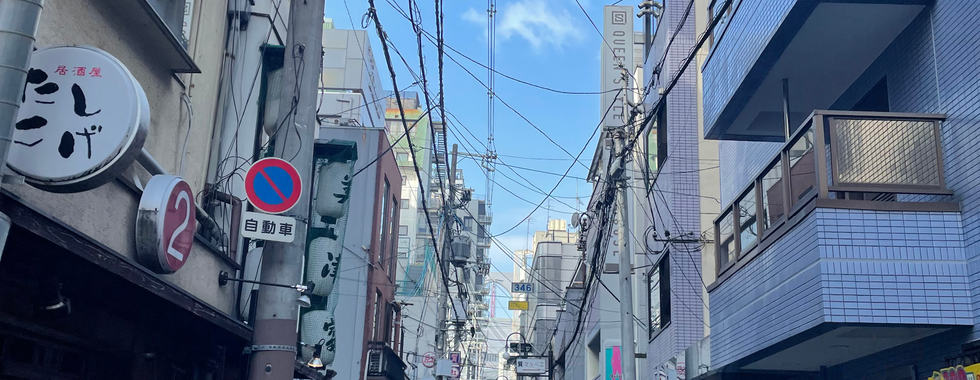





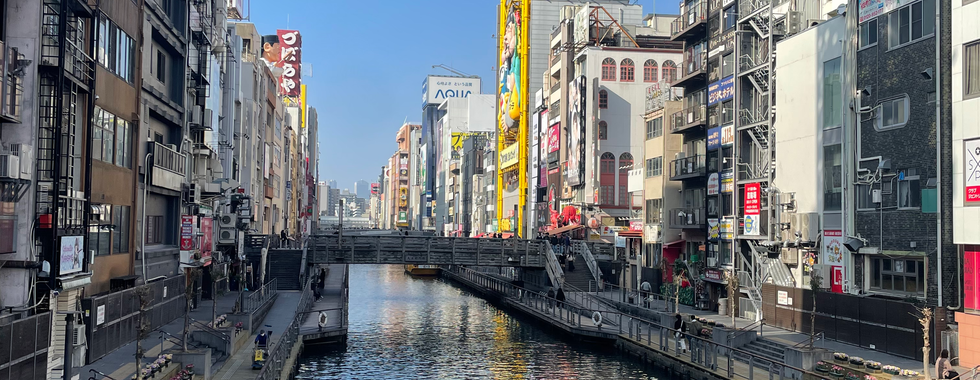

























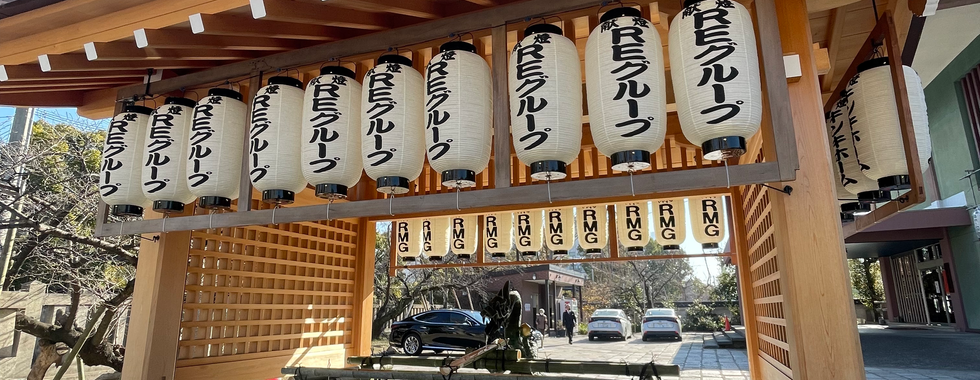



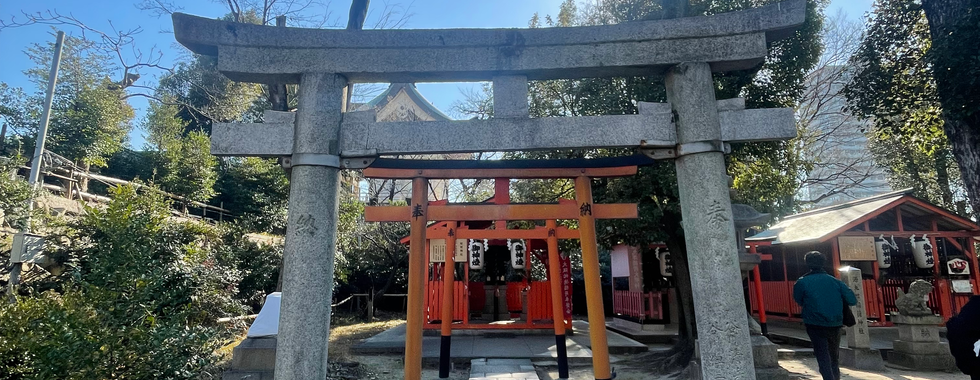





























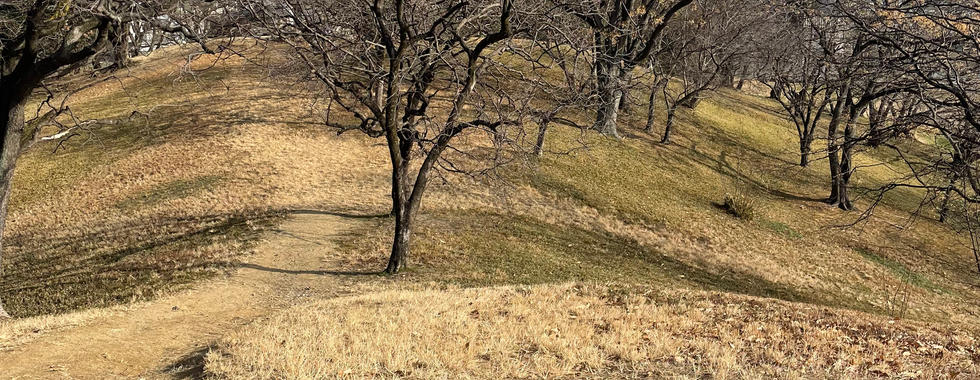




Comments